Worksheets Stars and Constellations
If you're on the lookout for educational resources to teach your children or students all about stars and constellations, you've come to the right place. This blog post will highlight the importance and benefits of using worksheets as a valuable learning tool. Whether you're a parent, teacher, or homeschooling educator, incorporating worksheets into your lesson plans can effectively engage and captivate young minds, while enabling them to grasp fundamental concepts about celestial bodies and the captivating world of astronomy.
Table of Images 👆
More Other Worksheets
Kindergarten Worksheet My RoomSpanish Verb Worksheets
Cooking Vocabulary Worksheet
DNA Code Worksheet
Meiosis Worksheet Answer Key
Art Handouts and Worksheets
7 Elements of Art Worksheets
All Amendment Worksheet
Symmetry Art Worksheets
Daily Meal Planning Worksheet
What are constellations?
Constellations are patterns of stars that appear to form a specific shape or figure when viewed from Earth. These celestial configurations have been identified and named by various cultures throughout history to help navigate the night sky and tell stories about the stars.
How are constellations formed?
Constellations are formed when groups of stars appear to create recognizable shapes or patterns from Earth's perspective. These stars may not actually be close to each other in space, but they align in specific ways as seen from our vantage point. Over time, civilizations developed stories and myths around these patterns, leading to the creation of the constellations we recognize today.
What is the purpose of constellations?
Constellations serve as a way to organize and identify groups of stars in the night sky, helping people navigate and locate celestial objects. They have been used for thousands of years by different cultures for storytelling, tracking time, and as a reference point for celestial events. Constellations also help astronomers map the night sky and study the movements and positions of celestial bodies.
How many constellations are officially recognized?
There are a total of 88 officially recognized constellations in the night sky.
How are stars classified?
Stars are classified based on their color, temperature, size, and brightness, which are determined by their spectral type. The most commonly used classification system is the Morgan–Keenan (MK) system, which categorizes stars into different spectral classes ranging from O (hottest and bluest) to M (coolest and reddest). Within each spectral class, stars are further classified based on their luminosity, using the luminosity classes I (supergiants) to V (main sequence stars). This classification system helps astronomers understand the properties and evolution of stars.
What is the difference between a star and a constellation?
A star is a massive, luminous sphere of plasma held together by gravity, while a constellation is a group of stars that form a recognizable pattern in the sky as viewed from Earth. Stars are individual celestial bodies that emit light and energy, while constellations are simply groupings of stars that form shapes or patterns as seen from our perspective on Earth.
Can stars within a constellation be at different distances from Earth?
Yes, stars within a constellation can be at different distances from Earth. Constellations are simply patterns of stars as viewed from our perspective on Earth, and the stars within them can vary widely in terms of their distance from us. Because stars are scattered at different distances throughout our galaxy, their position in a given constellation does not necessarily indicate their actual proximity to Earth.
What is the brightest star in the night sky?
The brightest star in the night sky is Sirius, which is also known as the "Dog Star." It is located in the constellation Canis Major and is easily visible from both the northern and southern hemispheres.
How are constellations used for navigation?
Constellations are used for navigation by identifying specific star patterns in the night sky to determine direction and orientation. Sailors, hikers, and explorers have used constellations for centuries to navigate by using key stars or groupings, such as the North Star in the Northern Hemisphere or the Southern Cross in the Southern Hemisphere, as reference points. By tracking the movement of constellations as the Earth rotates, travelers can gauge their position and adjust their course accordingly, making constellations a reliable and natural navigation tool.
Can constellations change over time?
Yes, constellations can appear to change over time due to the Earth's precession and the movement of stars in the galaxy. The positions of stars appear to shift slightly over long periods, causing the appearance of constellations to change. This gradual movement means that the constellation patterns we see today may not match those observed by ancient civilizations.
Have something to share?
Who is Worksheeto?
At Worksheeto, we are committed to delivering an extensive and varied portfolio of superior quality worksheets, designed to address the educational demands of students, educators, and parents.

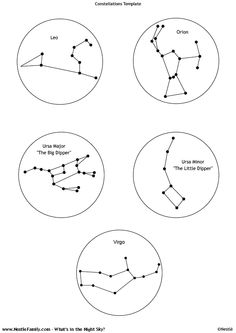



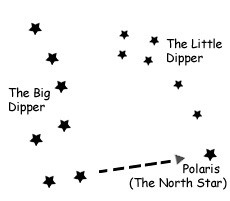
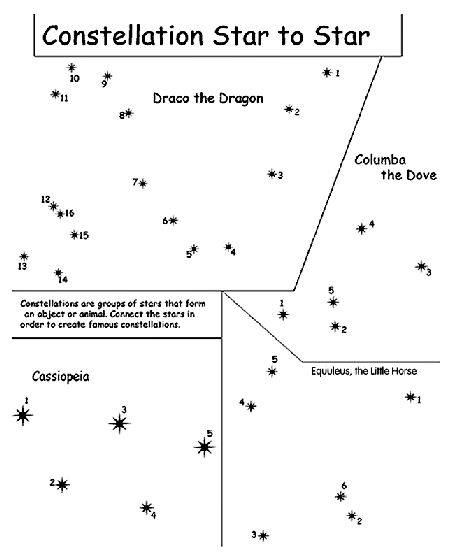
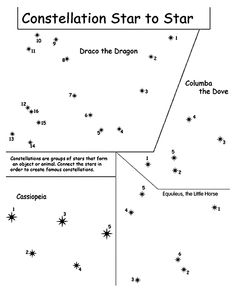
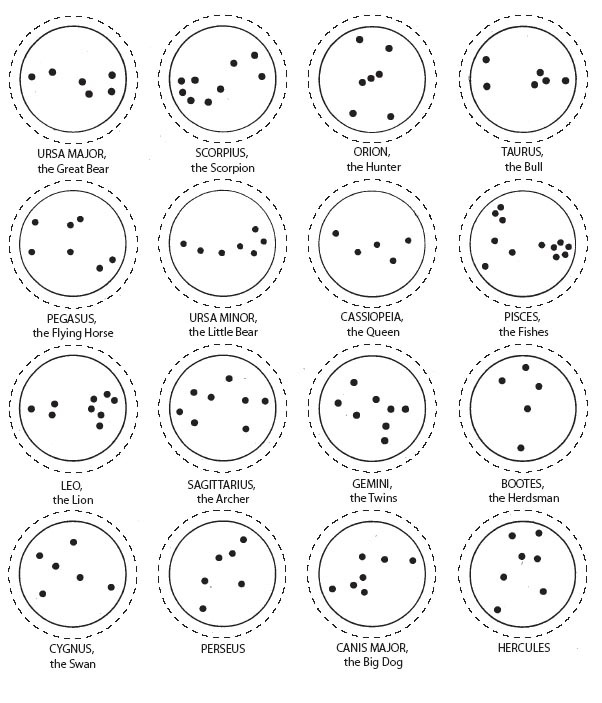

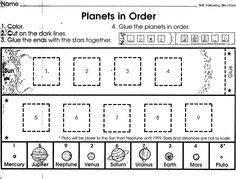

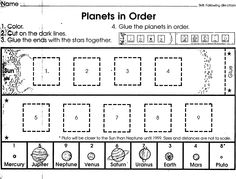
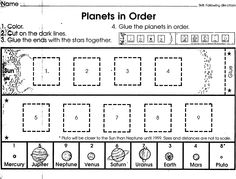
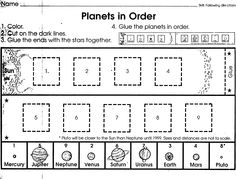
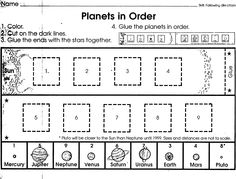














Comments